For the automotive industry, the early 2020s were marked by unprecedented disruption, including supply chain issues, soaring used car prices, and the uncertain rollout of the Inflation Reduction Act’s electric vehicle tax credits. While some stability has returned, the market is still grappling with remnants of that chaos. By 2024, the extreme markups and inflated prices of used vehicles are fading, yet peculiarities persist in the industry.
As the market sees an increase in electric vehicle (EV) availability, newer models are starting to populate the used car scene. With 2021 EVs like the Polestar 2 and Volkswagen ID.4 nearing the end of their leases, used versions are becoming more common. Additionally, the introduction of point-of-sale tax credits is significantly altering the buying experience for both new and used EVs.
What’s Driving the Shift in EV Prices?
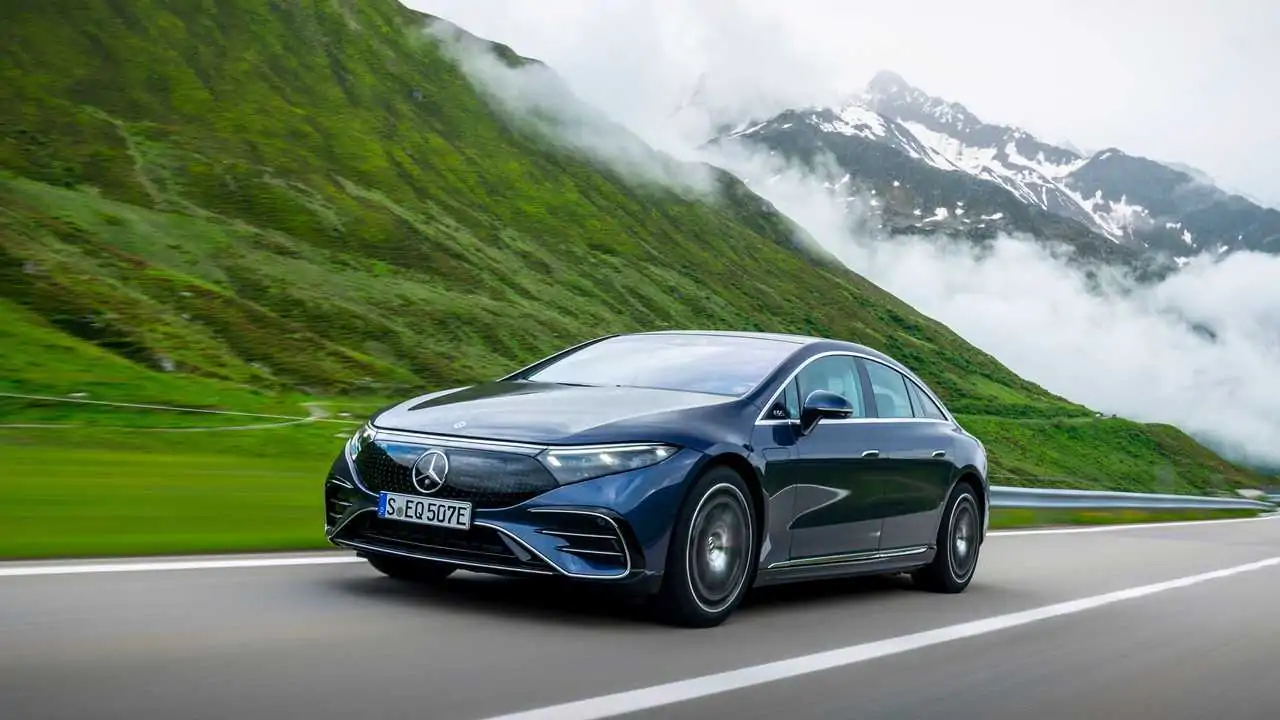
In the past year, the cost of used electric cars has dropped sharply. Previously, luxury EVs like the Mercedes-Benz EQS 580 were fetching premium prices, but now, these vehicles are available at substantially lower costs. For instance, a used EQS 580, once priced at nearly $120,000, can now be found for around $65,000, reflecting a broader trend of significant depreciation across the luxury EV segment.
Doug DeMuro, founder of Cars and Bids, notes a dramatic fall in the prices of early high-demand EVs. Hummer EVs, which once commanded over $200,000, are now available for less than $120,000, illustrating the sharp decline in used EV values. DeMuro emphasizes that this trend is less about product failures and more about the high premiums early adopters were willing to pay, which has now corrected.
The Impact of Tesla’s Pricing Strategies
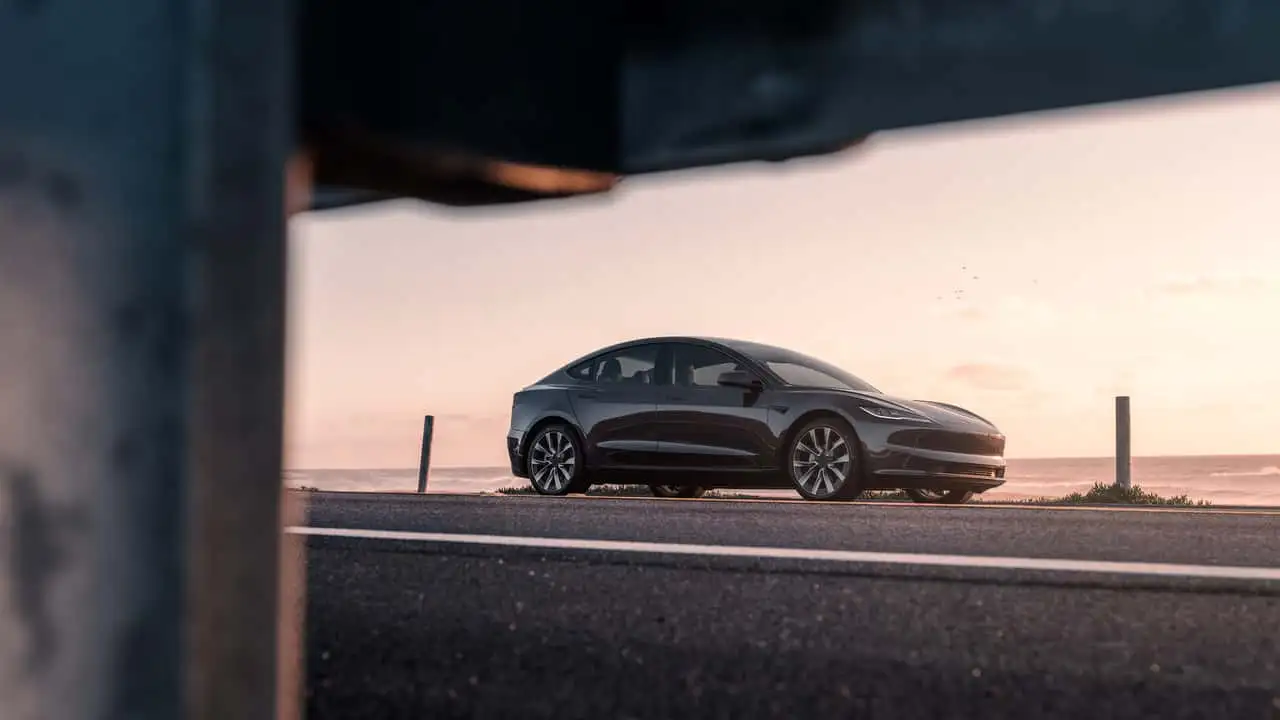
Tesla’s pricing adjustments have played a significant role in the shifting landscape of used EV values. The Model Y Long Range, which was priced at $67,440 in late 2022, now starts at around $50,630, with additional savings possible through point-of-sale tax credits. This substantial price drop has not only made new Teslas more affordable but has also influenced the used EV market, potentially contributing to the overall decline in used vehicle prices.
Despite these reductions, DeMuro points out that Tesla’s pricing changes are a natural part of its direct-to-consumer model, which differs from traditional dealership practices. Unlike dealers, who adjust prices frequently based on market conditions, Tesla updates its prices less often, which can create a lag in response to market changes.
The Role of Point-of-Sale Tax Credits
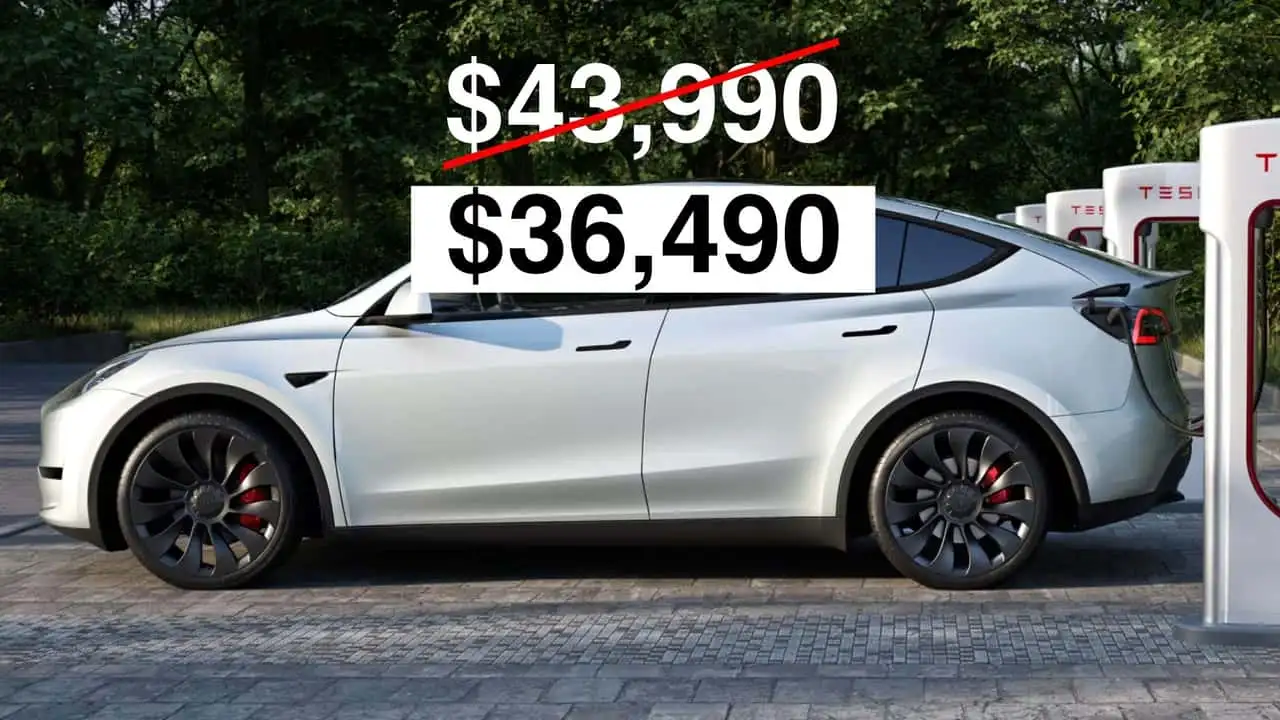
A major shift in the EV market is the introduction of point-of-sale tax credits, allowing buyers to receive immediate discounts on qualifying EVs. For example, a $40,000 EV could be purchased for $32,500, with the IRS reimbursing the dealership. This new system is expected to significantly impact consumer behavior, potentially leading to a preference for models like the Model Y over the less discounted Model 3.
DeMuro highlights the potential confusion and strategic adjustments this new credit system might bring, particularly within Tesla’s lineup. With the Model Y priced lower than the Model 3 after applying the tax credit, buyers may lean towards the more spacious crossover, altering demand dynamics in the used EV market.
Addressing EV Depreciation and Market Adoption
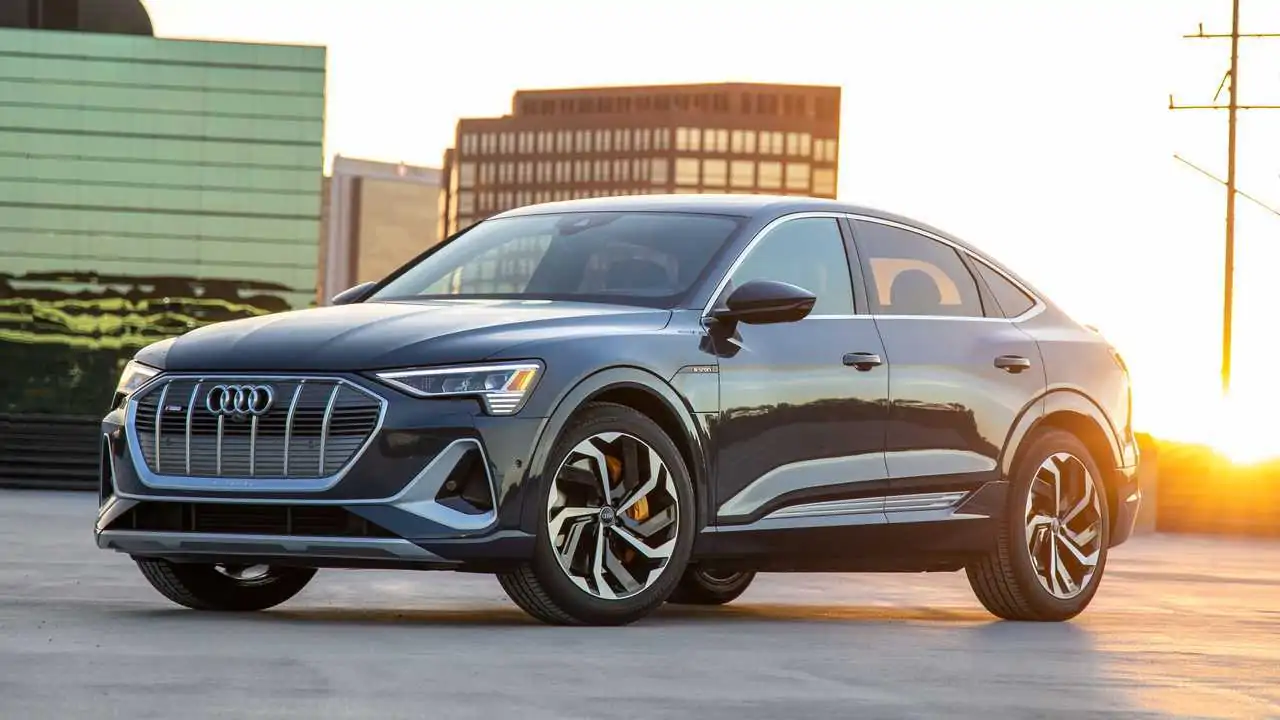
Despite the growing availability of EVs, DeMuro notes that electric cars remain a premium choice, often inaccessible for those without convenient charging solutions. As EVs become more affordable and integrated into everyday life, DeMuro anticipates a broader adoption. He suggests that as prices continue to decrease and the point-of-sale tax credit makes EVs more financially viable, more consumers will consider electric vehicles as a practical option.
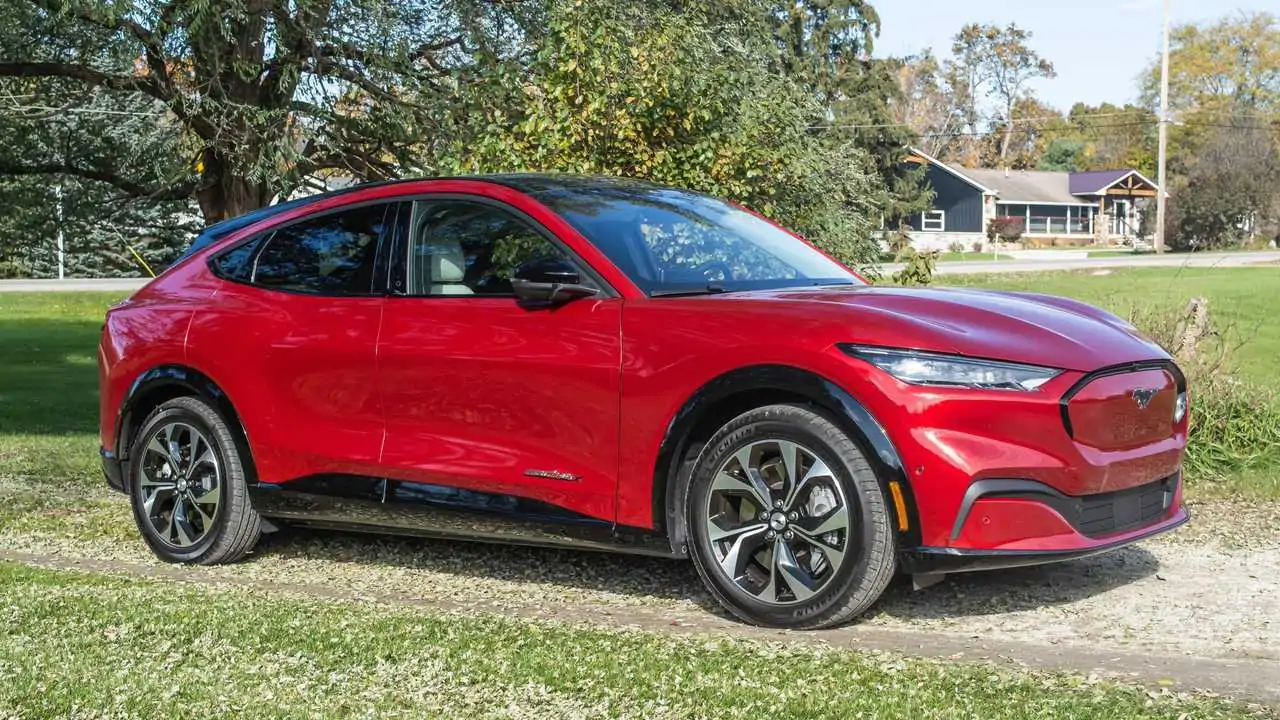
The transition to electric vehicles is also hampered by lingering concerns about reliability and maintenance. Although EVs are generally more reliable than their gasoline counterparts, the limited age and mileage data on older models contribute to consumer hesitancy. Nonetheless, with robust warranties and decreasing costs, the EV market is poised for significant growth, potentially offering more appealing options for everyday buyers.
